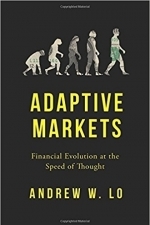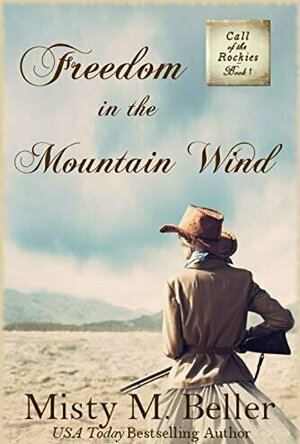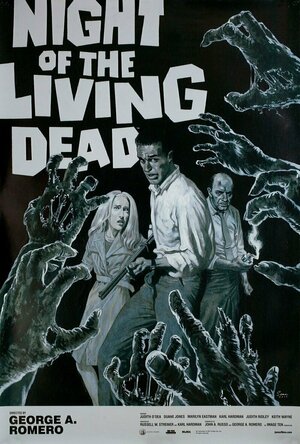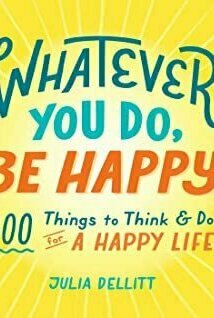
Dachau and the SS: A Schooling in Violence
Book
Dachau and the SS studies the concentration camp guards at Dachau, the first concentration camp and...
TravelersWife4Life (31 KP) rated Freedom in the Mountain Wind (Call of the Rockies, #1) in Books
Feb 23, 2021
Misty M. Beller wrote a beautiful story of adventure, love and exploring the great frontier. I believe that this is the first book in a series and let me tell you I will be reading the rest of the books in this series (Can I pre-pre- order it somewhere I wonder?). This book was so good, it is one of those books that feels like you are right there with the characters. Probably something to do with the psychology of the characters that touches something inside of you, and wow did this one work that for me.
The characters in this book were very well developed and had a clear sense of purpose right from the beginning. Misty M. Beller gives us some great father-daughter interactions as well as giving us French, Spanish, Southern and Native Americans all together to make some great moments around the campfire. The main characters in this book have things to work through, some together and separately and Misty M. Beller makes them do it quite believably. One of my favorite things about the book is the way Misty M. Beller shares the gospel throughout this book. She even worked in underlying themes of grace, forgiveness, grief over loss, and perseverance.
I give this book 5 out of 5 stars for the plotline, the cool adventures the characters go on (I mean who hasn’t imagine going along Lewis & Clark’s trip up the Mississippi river?), and for grabbing hold of my emotions right from the start.
Wes Craven recommended Night of the Living Dead (1968) in Movies (curated)

Let Go and Let God - Doreen Virtue
Lifestyle and Reference
App
-- 20% OFF - Limited Time -- The “Let Go and Let God” app helps you to give problems to God, so...
Christine A. (965 KP) rated Whatever You Do, Be Happy: 400 Things to Think Do for a Happy Life in Books
Sep 29, 2020
Julia Dellitt's Whatever You Do, Be Happy: 400 Things to Think & Do for a Happy Life is the perfect book for 2020.
I think everyone can agree that 2020 is an incredibly stressful year chock full of negative thoughts. Scrolling through any social media exasperates one's anxiety. This book will lessen your stress.
It is not a book to read in one sitting. Rather, it includes 400 activities, ideas, tips, and quotes to help calm you and relieve your stress.
Not every item was something I was interested in, but you do not need to do all of the activities. They act as a guide or suggestion and doing some made 2020 start to seem manageable.
My favorite activity was to list three things for which you are thankful. It was similar to an assignment I did for a Positive Psychology class. I forgot how reminding yourself of something good that happened to you or how you are grateful for can drastically improve your state of mind.
Dellitt's other works are Get Your Life Together(ish): A No-Pressure Guide for Real-Life Self-Growth and Self-Care for College Students: From Orientation to Graduation, 150+ Easy Ways to Stay Happy, Healthy, and Stress-Free.
This review was published on Philomathinphila.com on 9/28/20.

Adaptive Markets
Book
A new, evolutionary explanation of markets and investor behavior Half of all Americans have money in...
Business

The Ordinary Virtues: Moral Order in a Divided World
Book
What moral values do human beings hold in common? As globalization draws us together economically,...
politics philosophy

Shooting Stars (Shooting Stars #1)
Book
Tess Lee is a novelist. Her inspirational books explore people’s innermost struggles and the human...
Women's Fiction Romance

Little Dorrit
Book
A novel of serendipity, of fortunes won and lost, and of the spectre of imprisonment that hangs over...



